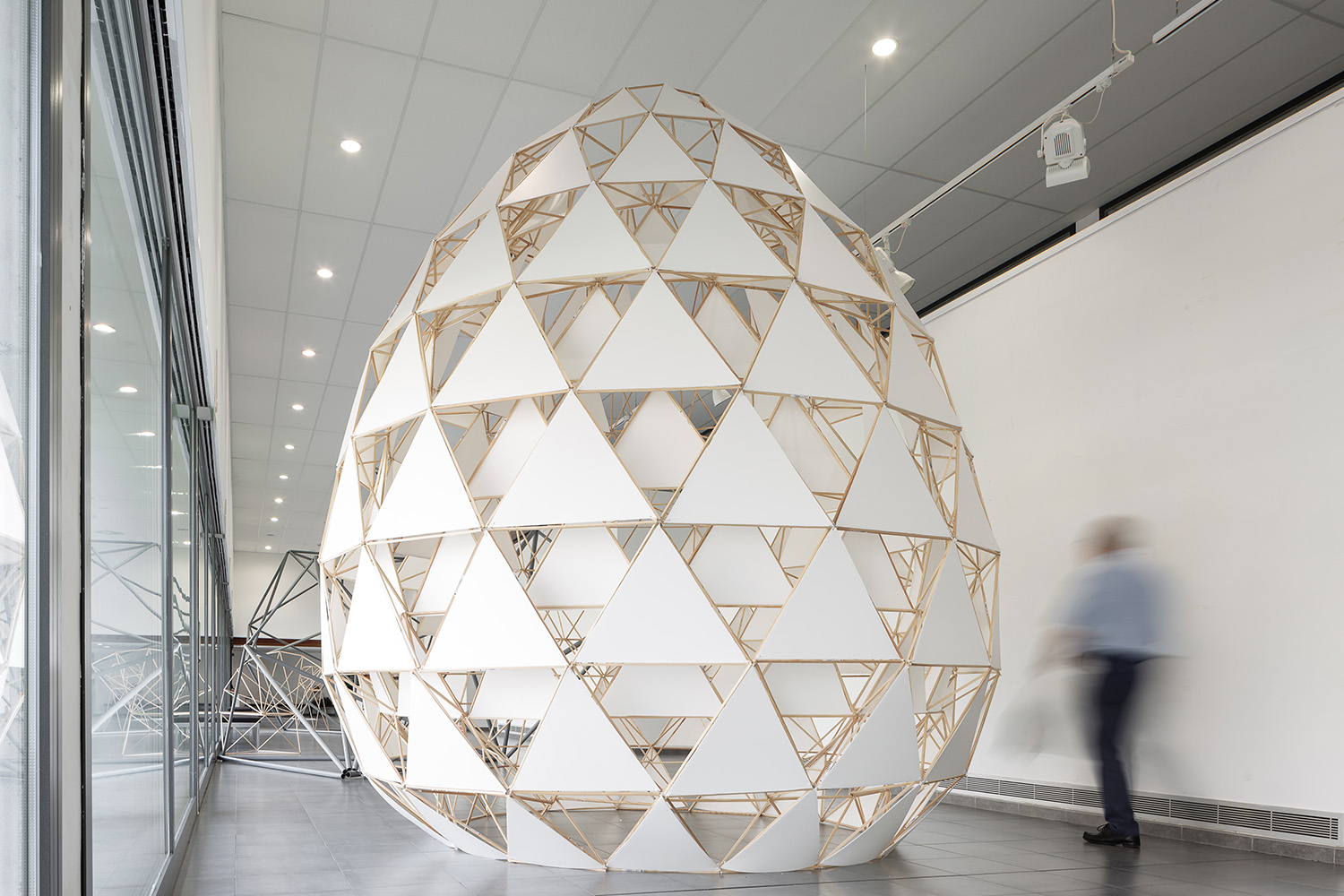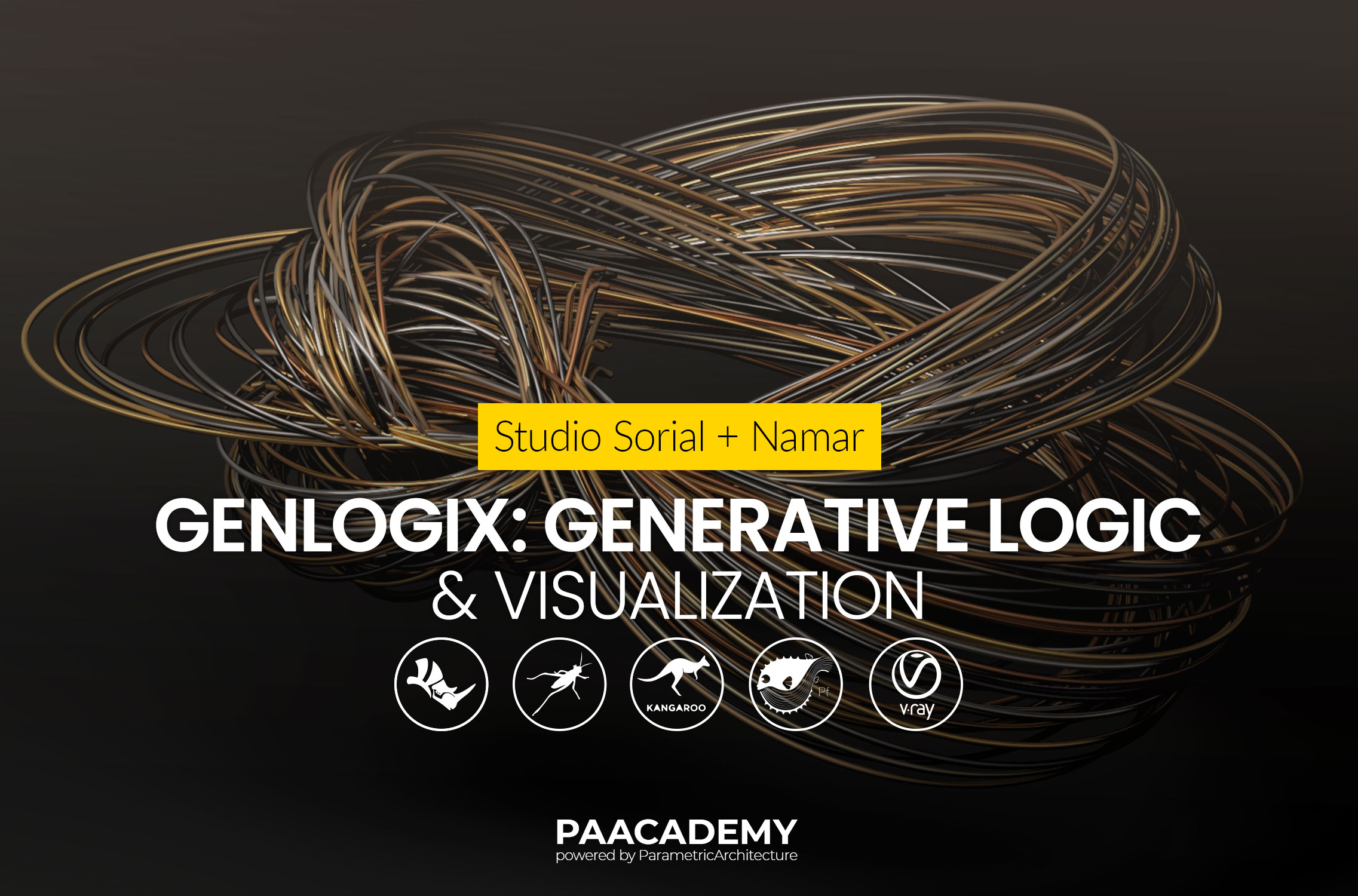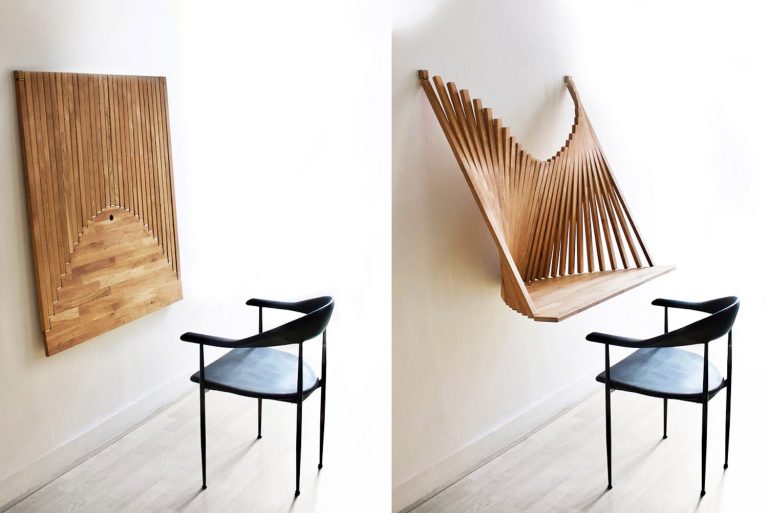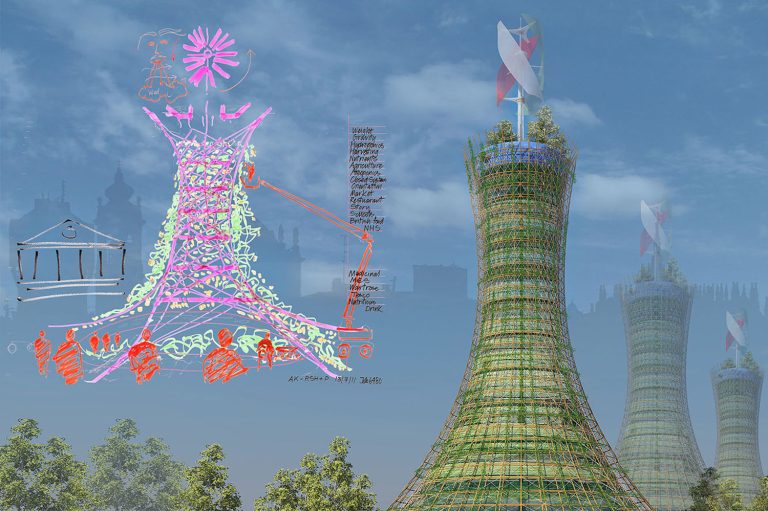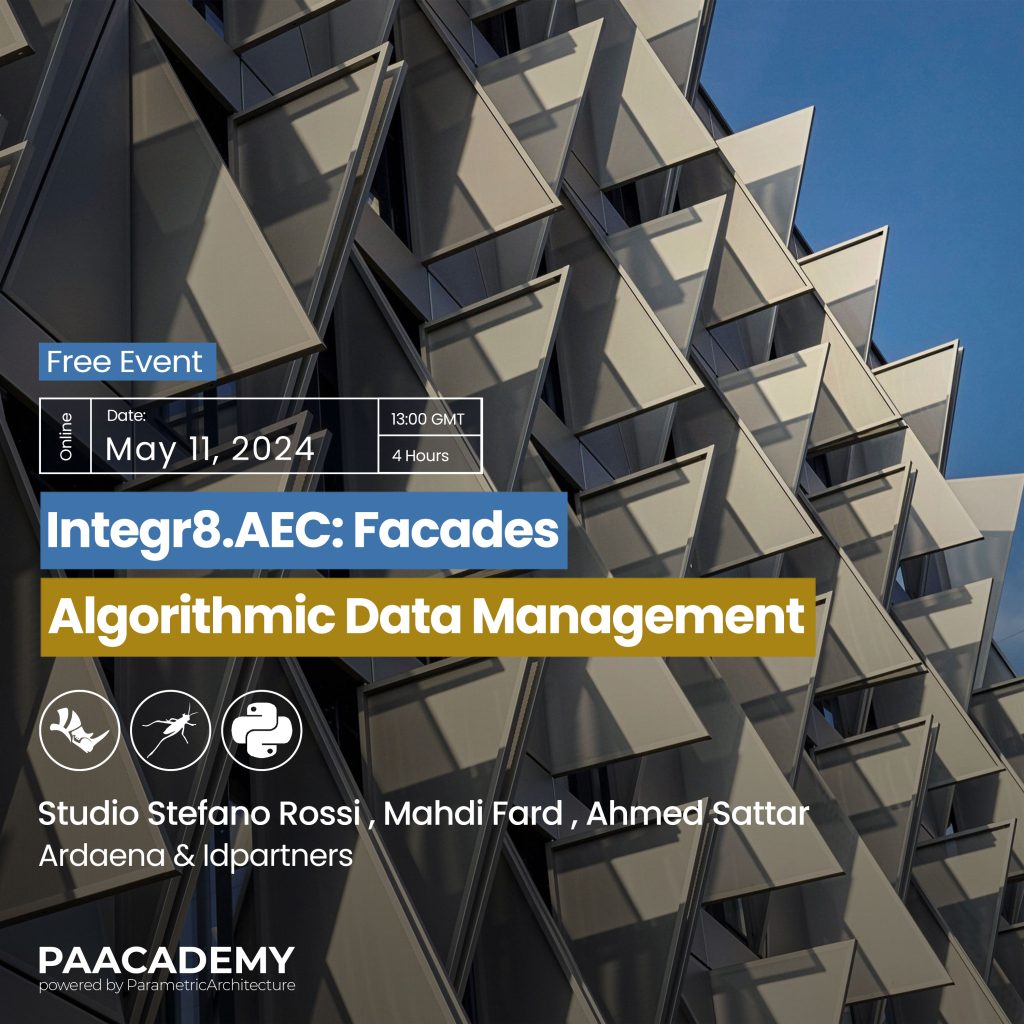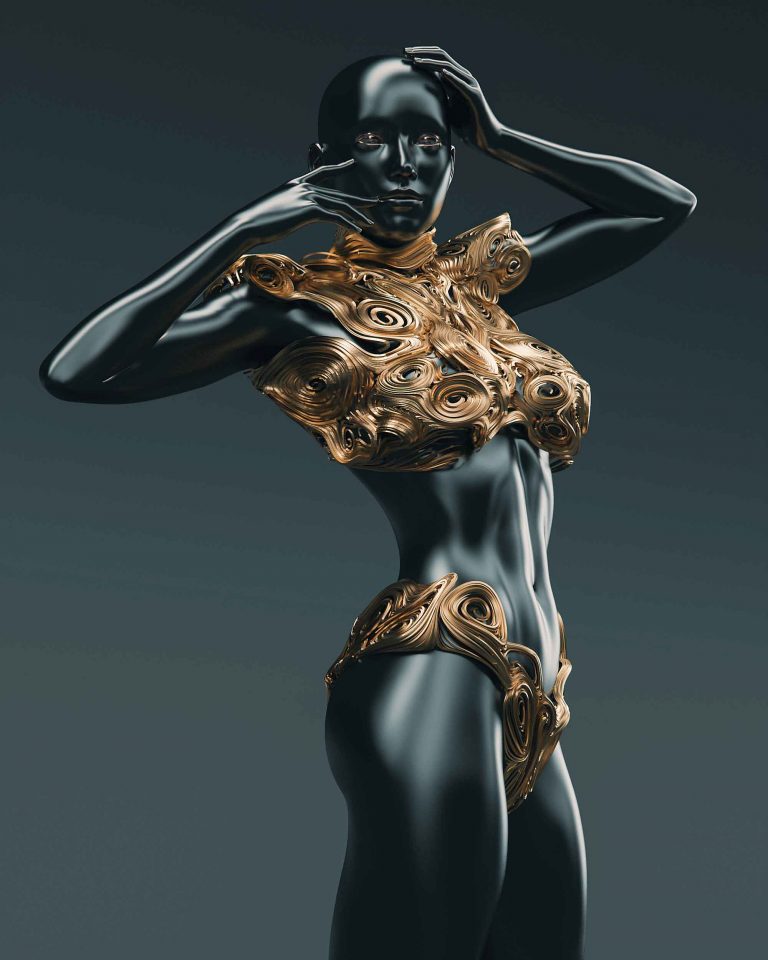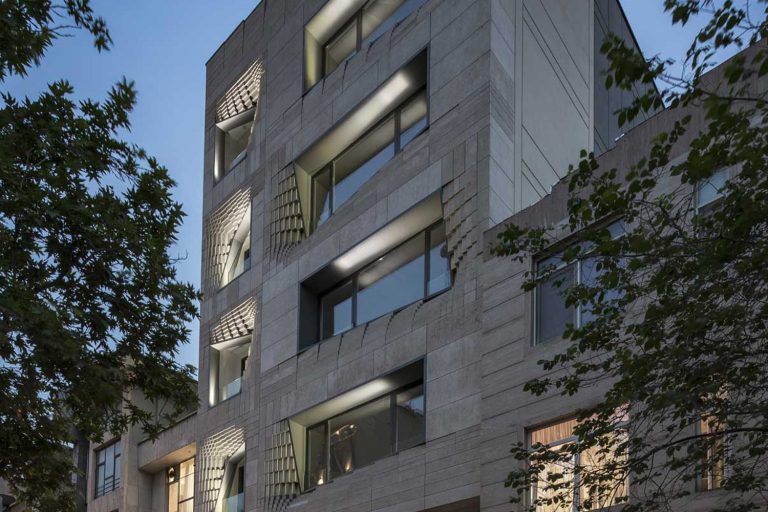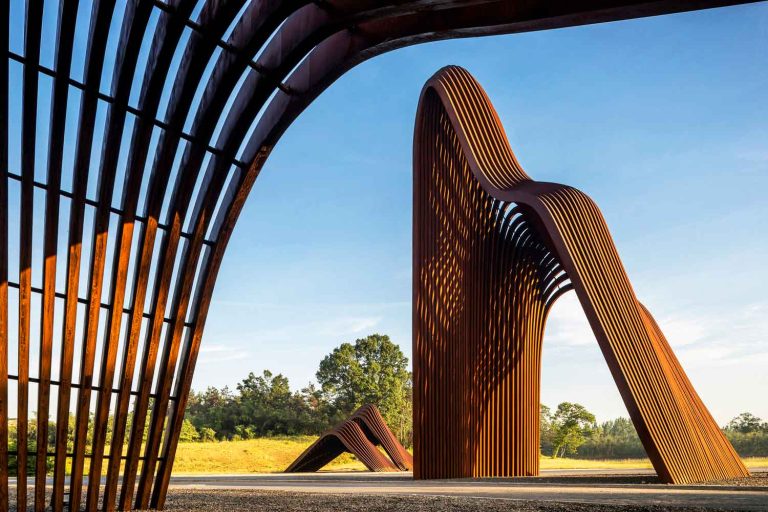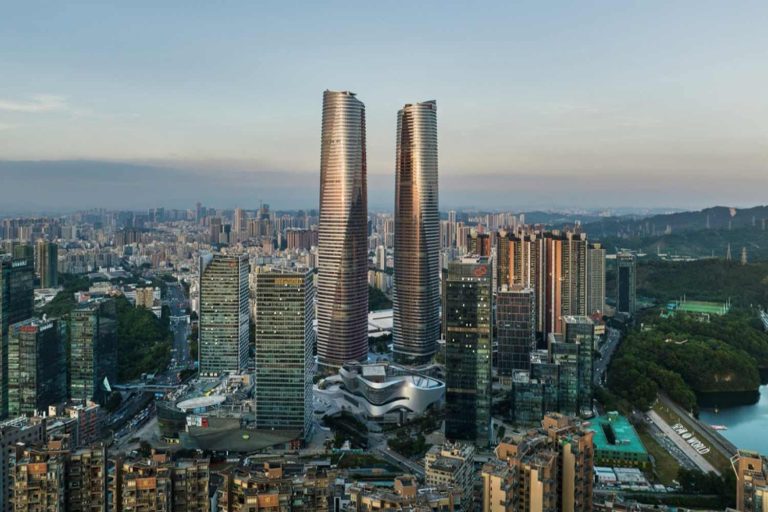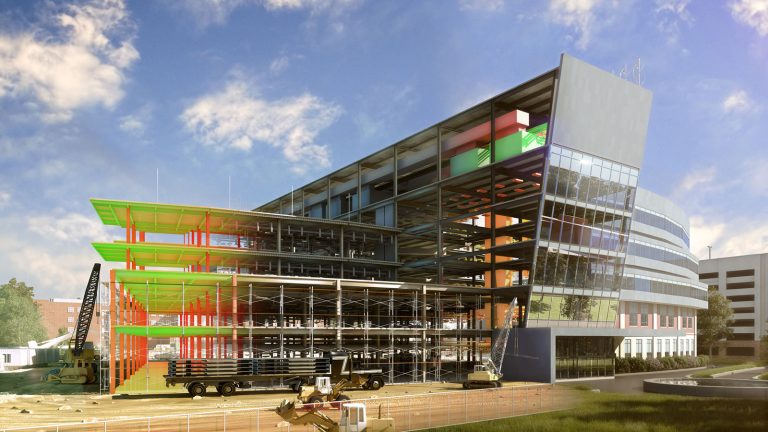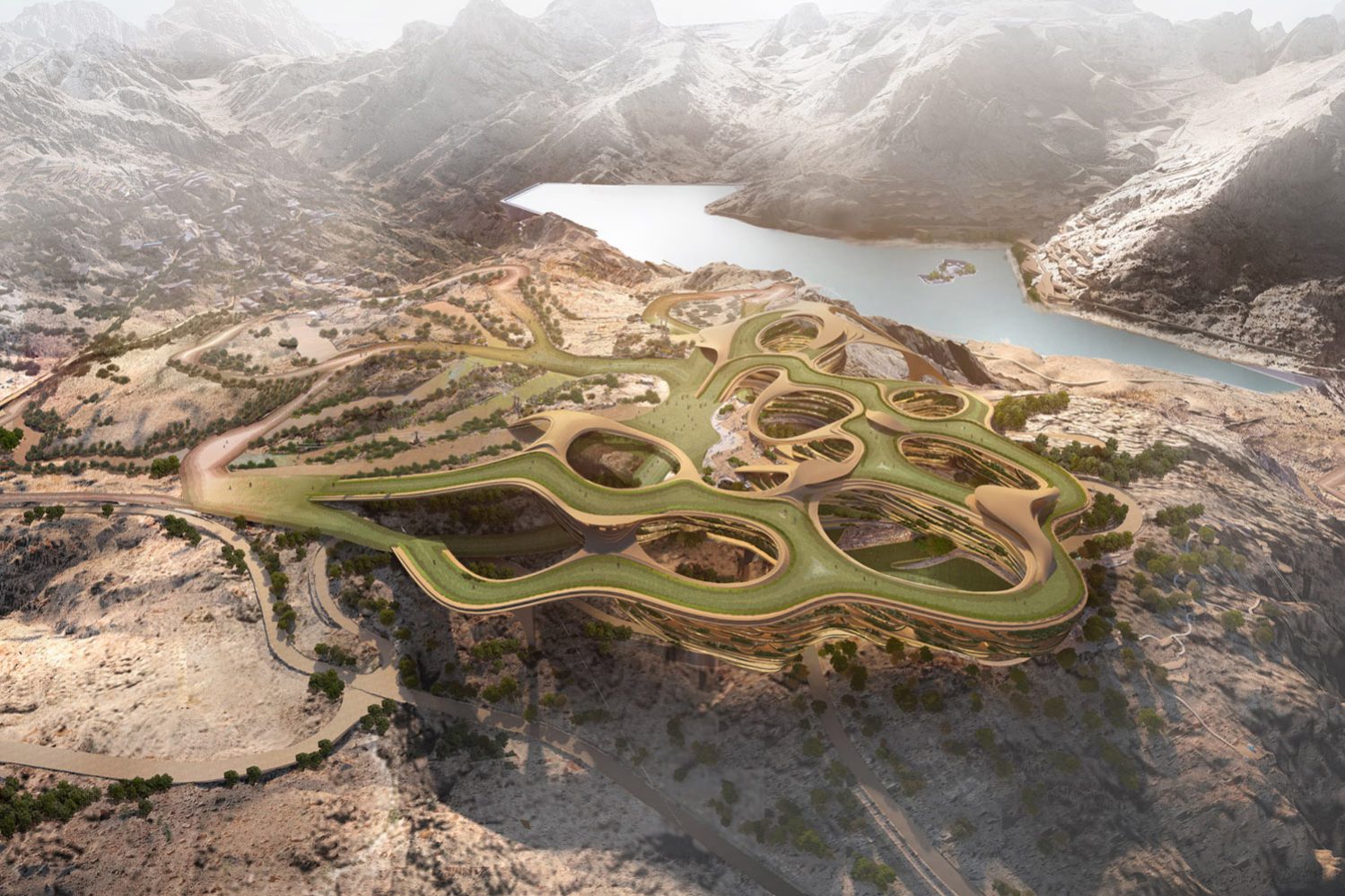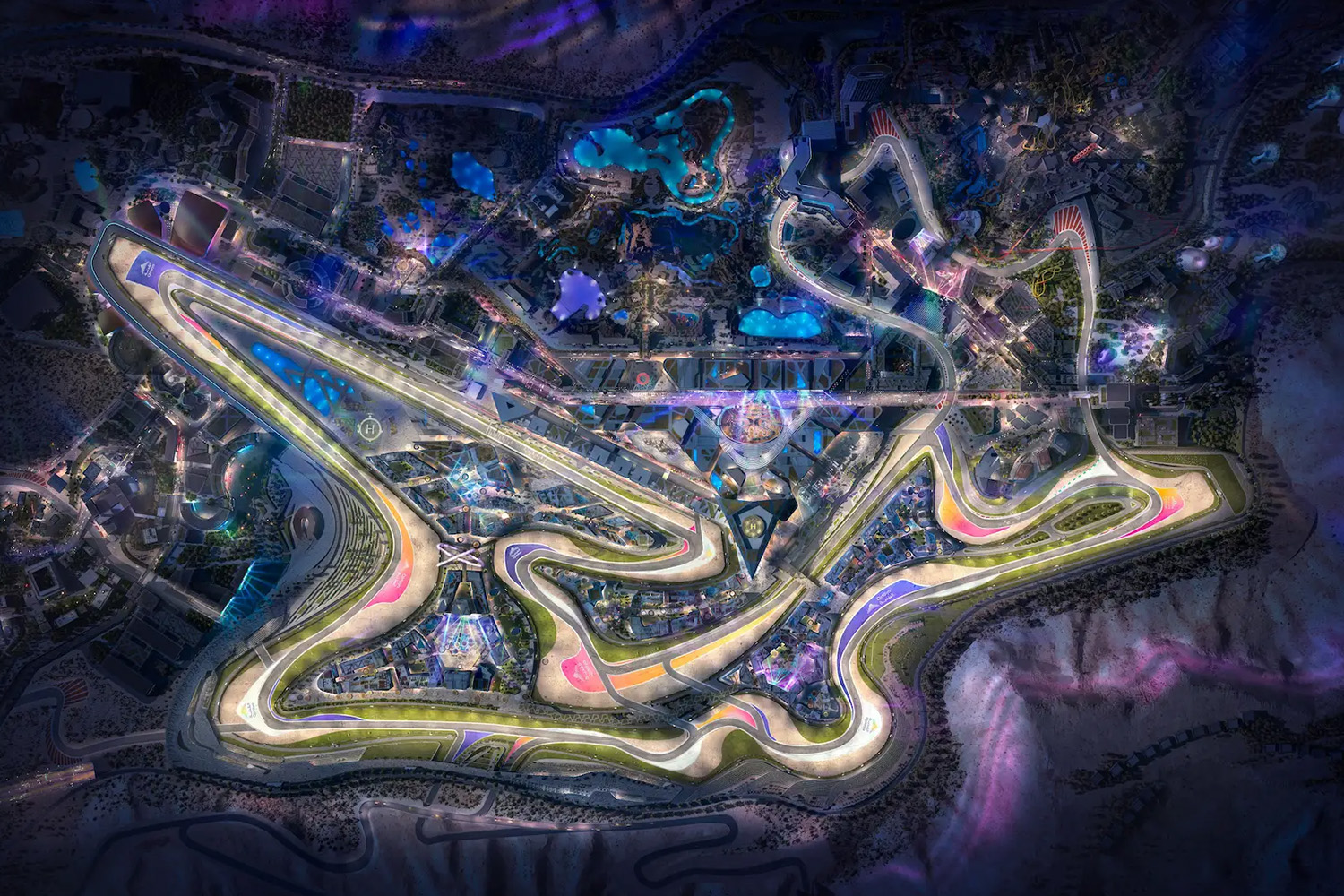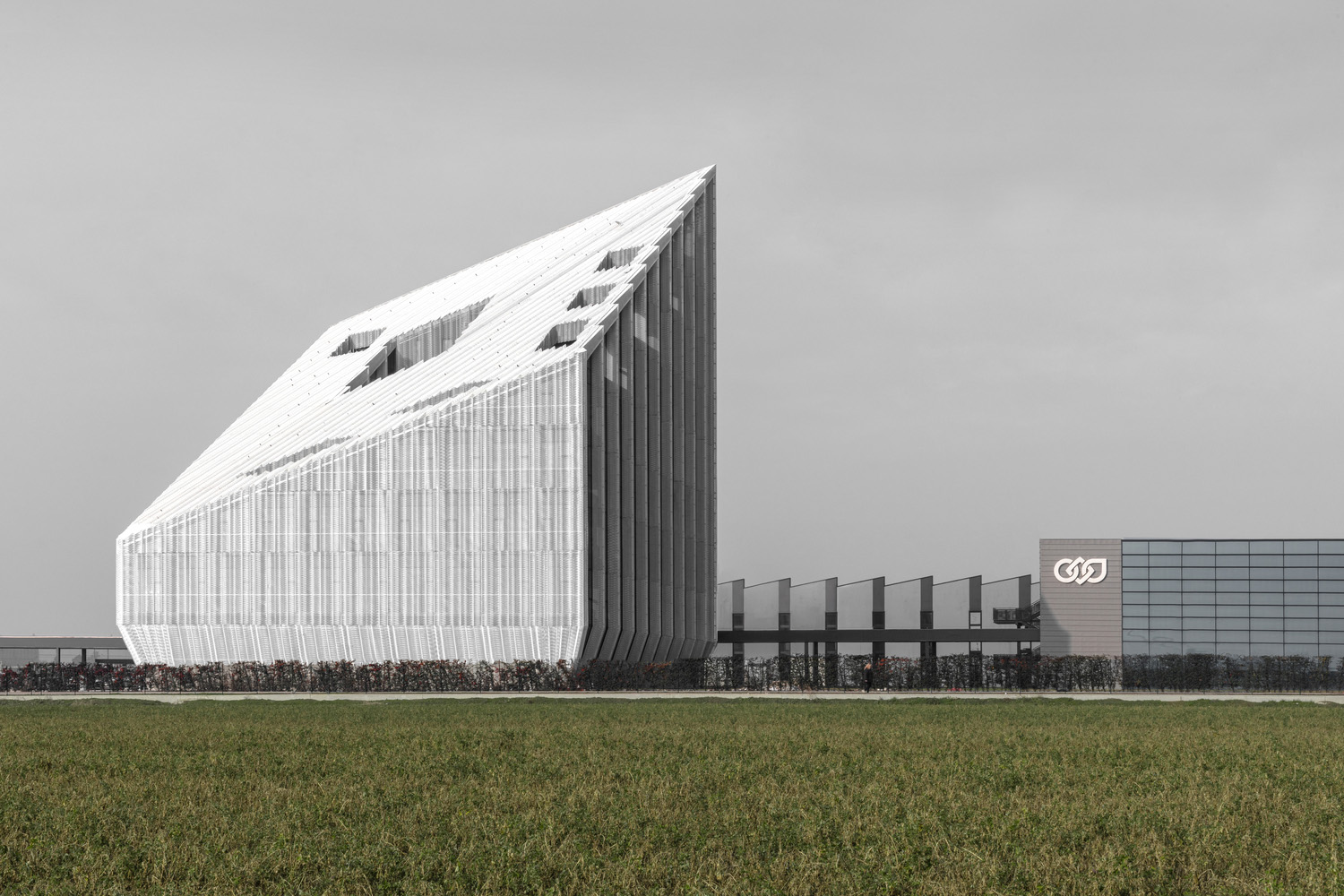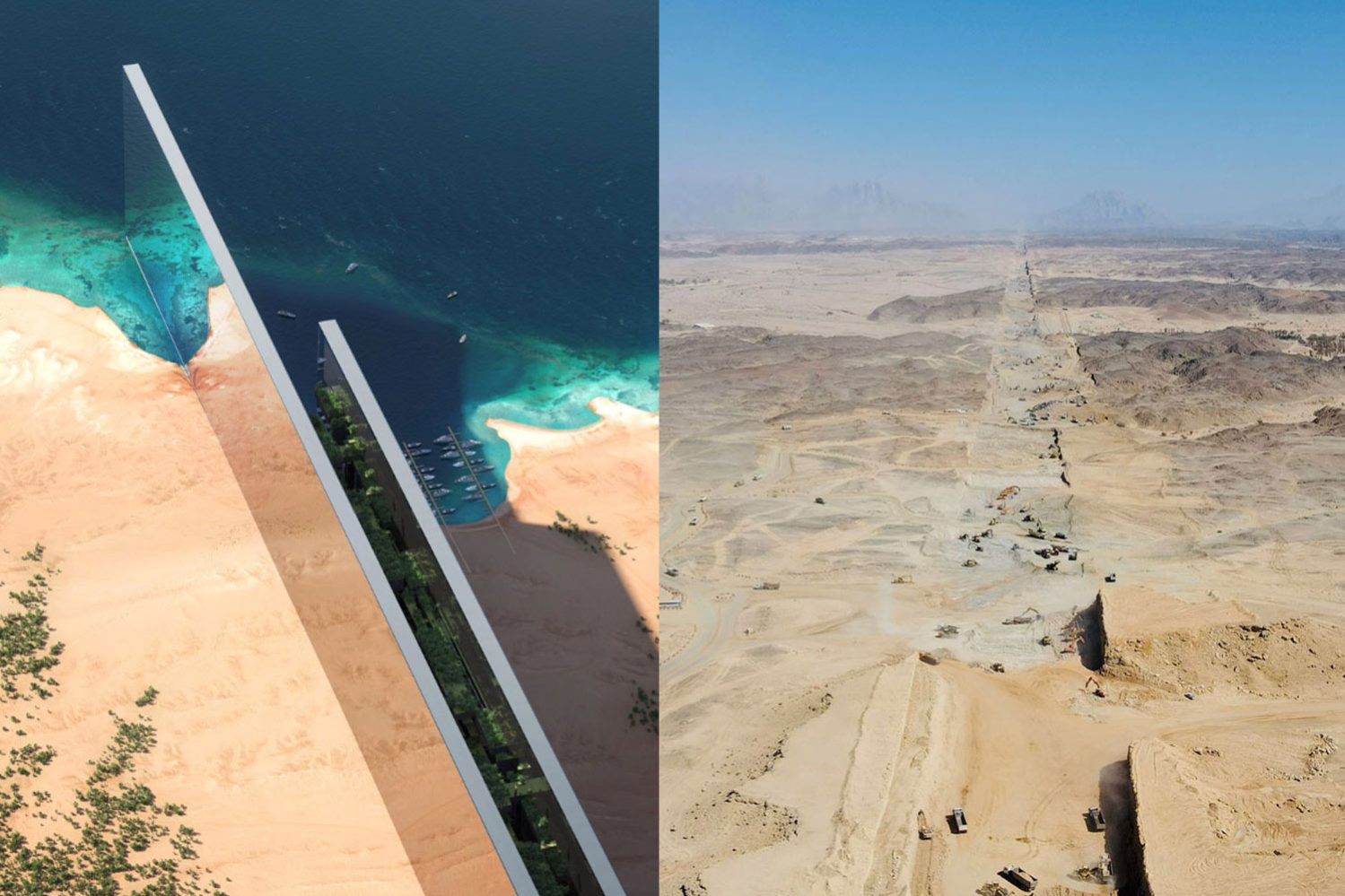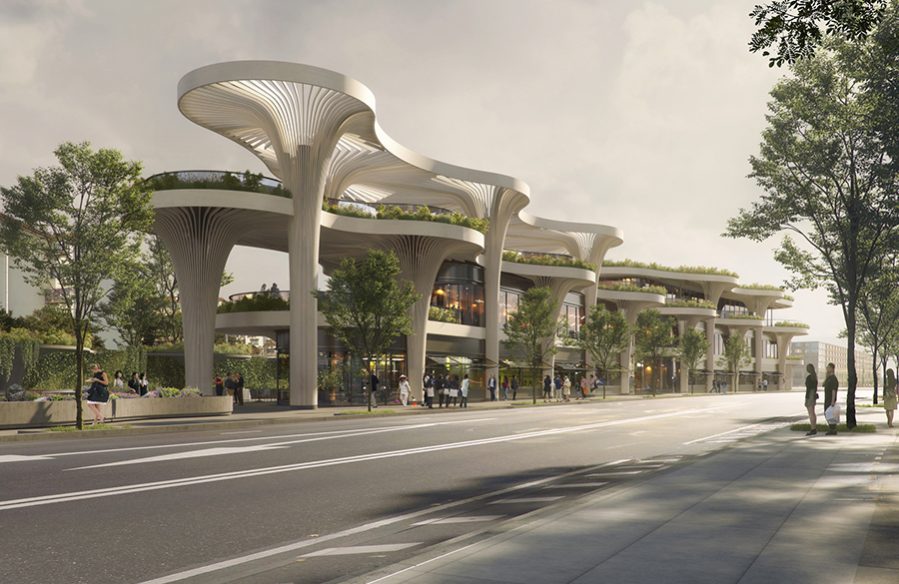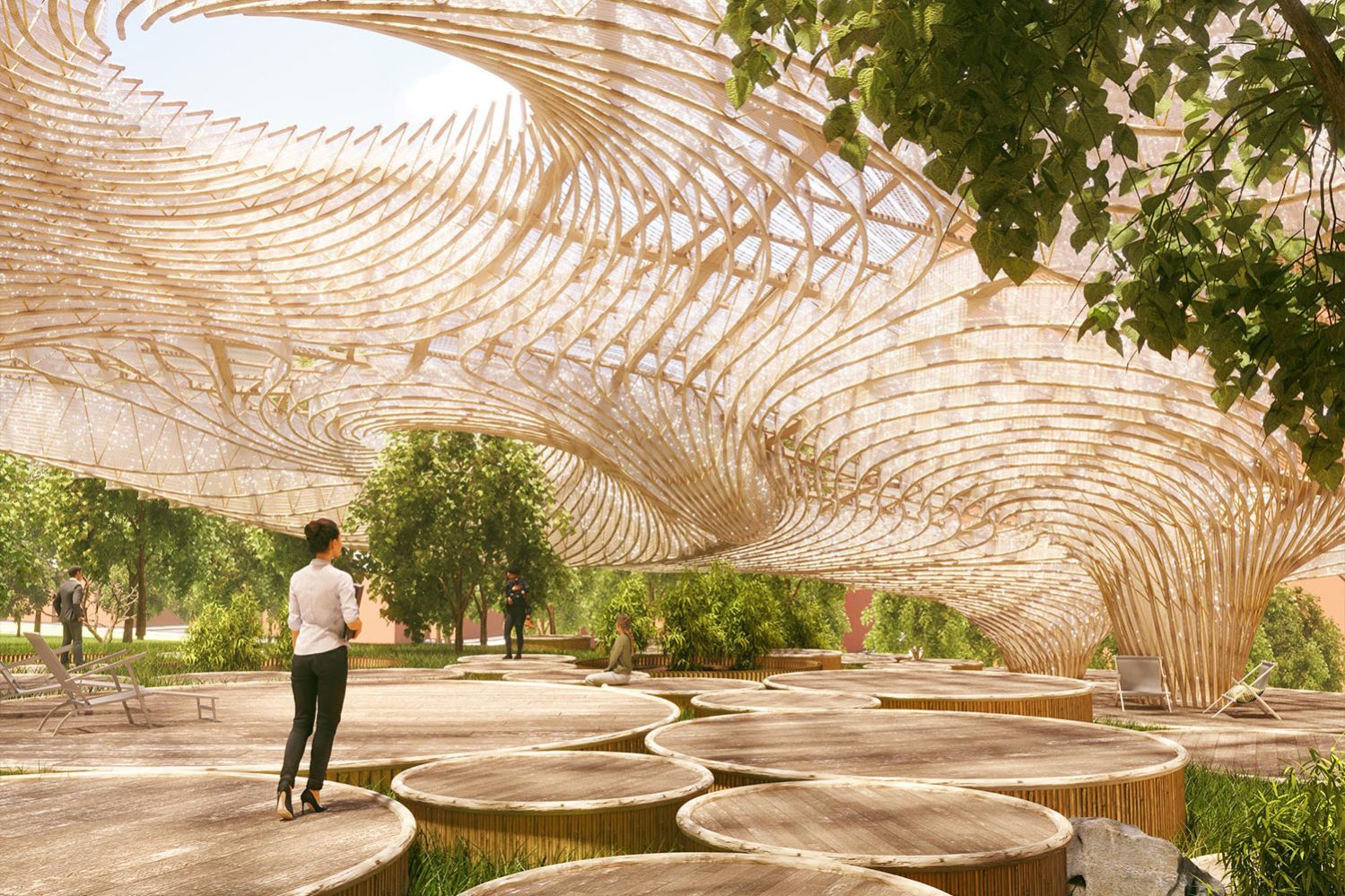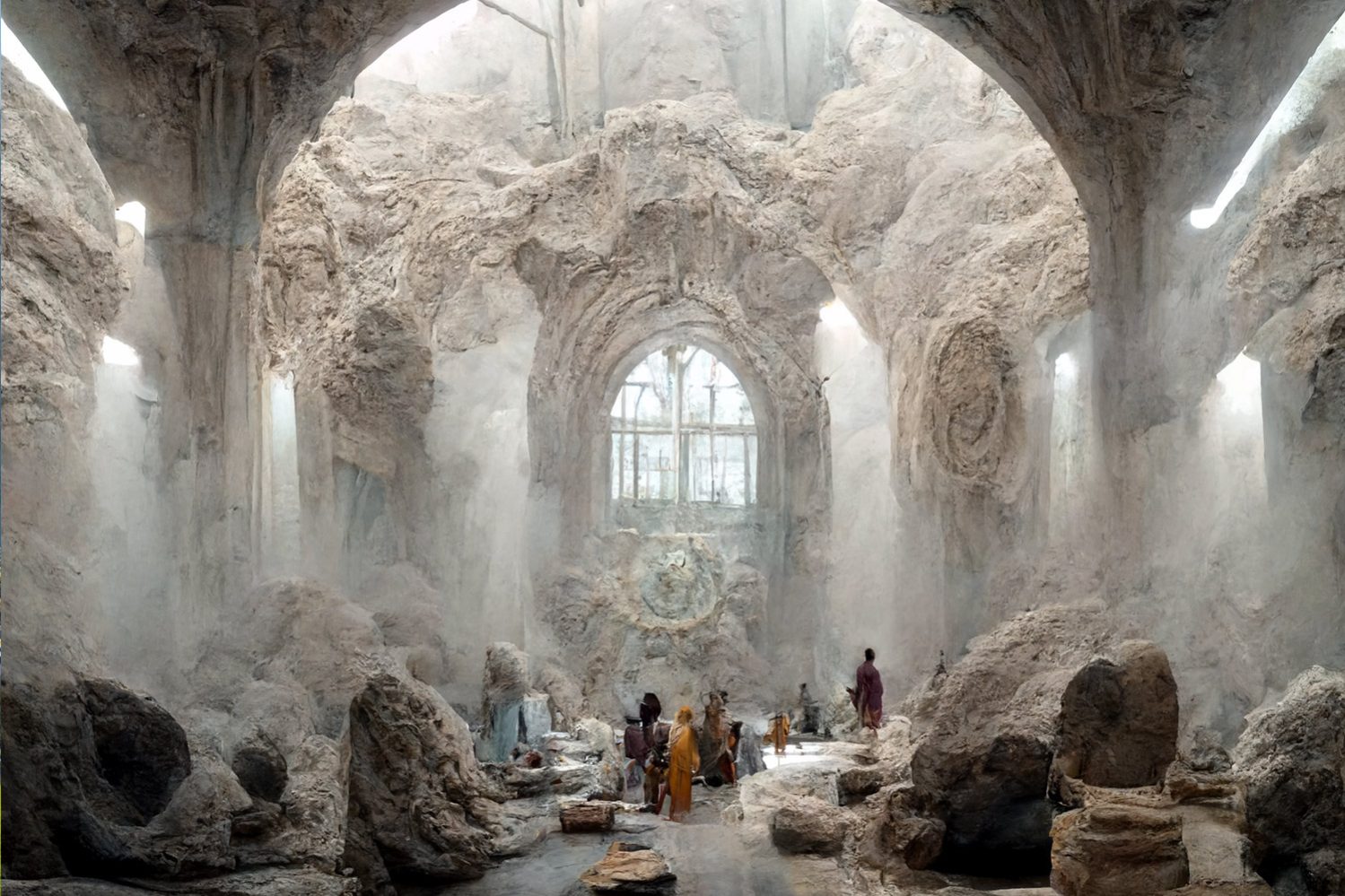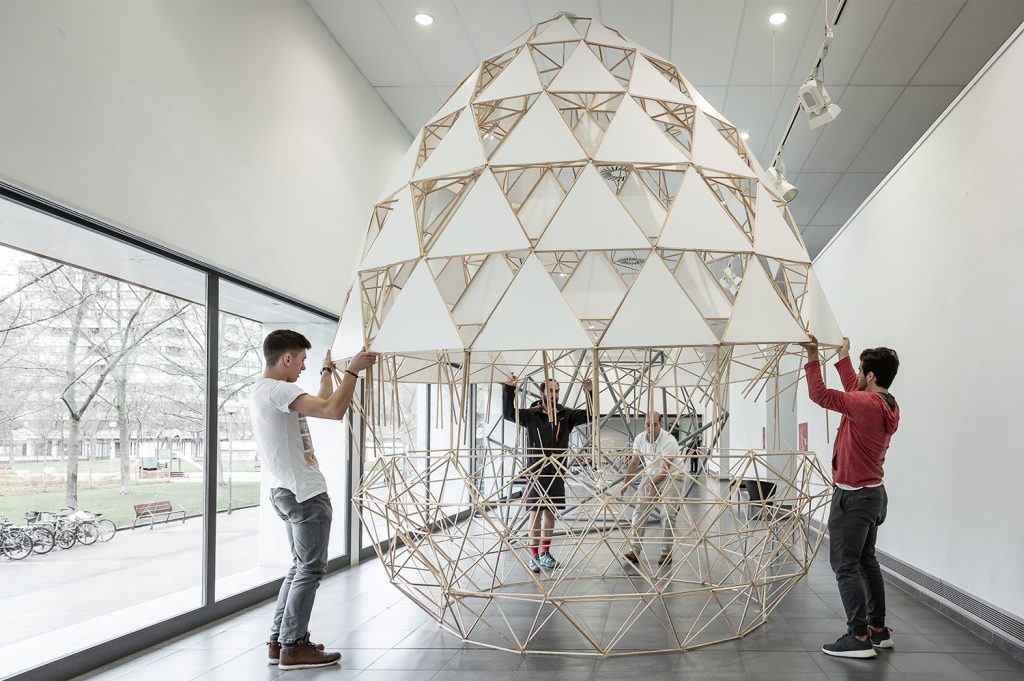
In April 2018, the Civic Centre CIVIVOX in Iturrama, Pamplona, hosted the temporary architectural exhibition “La belleza de los esqueletos de la arquitectura” (The Beauty of the Bones of Architecture). The centerpiece of the show was “Light of Life.”
Fernando Molina Arquitectura designed “Light of Life,” a display shaped like an egg that glows with light. This structure was a component of an academic project completed by University of Navarra School of Architecture Geometry students. Their main contribution to the FORUN summit, whose central topic was “the future,” was this display.
This show featured five structures and a scale model of those buildings to emphasize the formal beauty of architecture’s structural function, which is embodied in many examples.
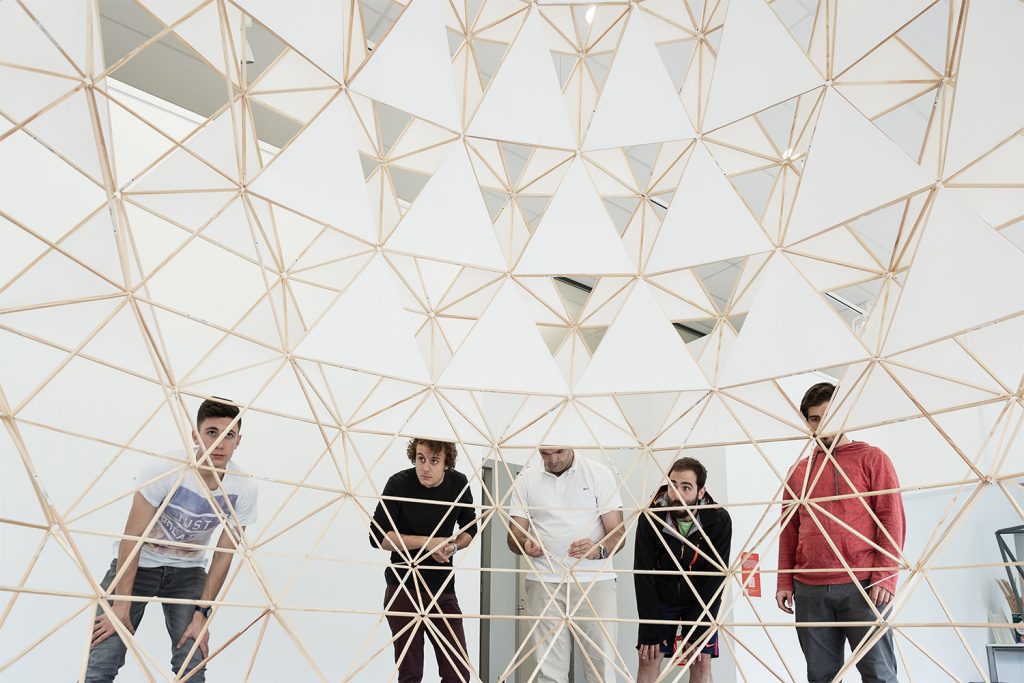
This structure’s exhibition purpose is to symbolize the significance of Easter eggs. Since chocolate eggs signify fertility and life, they are traditionally presented as gifts yearly.
Very basic tools and methods were employed. It is a thin, light framework made of hardwood bars with plastic connectors between them, coated in two layers of polypropylene triangles with cells. It comprises a matrix of articulated polyhedrons, such as tetrahedrons and octahedrons, which create the two parallel skins of the egg. These polyhedrons are stable because they are hollow bricks.
The articulation system needed to be inexpensive, rapid, simple to operate, and not require a great deal of technical expertise for first-year students to readily assemble the structure.
Students had to discretize a surface with a variable cross-section into linear elements and planes. Two layers of discretization were applied to twenty-four-sided regular horizontal polygonal rings to create plane triangles.
“In my geometry classes, this construction system was really beneficial. With it, I can construct some of the geometrical models I teach in class at a low cost regarding money, time, resources, etc. I also taught examples such as the 1967 US pavilion construction at the Montreal World’s Fair, Buckminster Fuller’s geodesic dome, and many other fascinating examples based on a rational use of geometry.” said Fernando Molina.
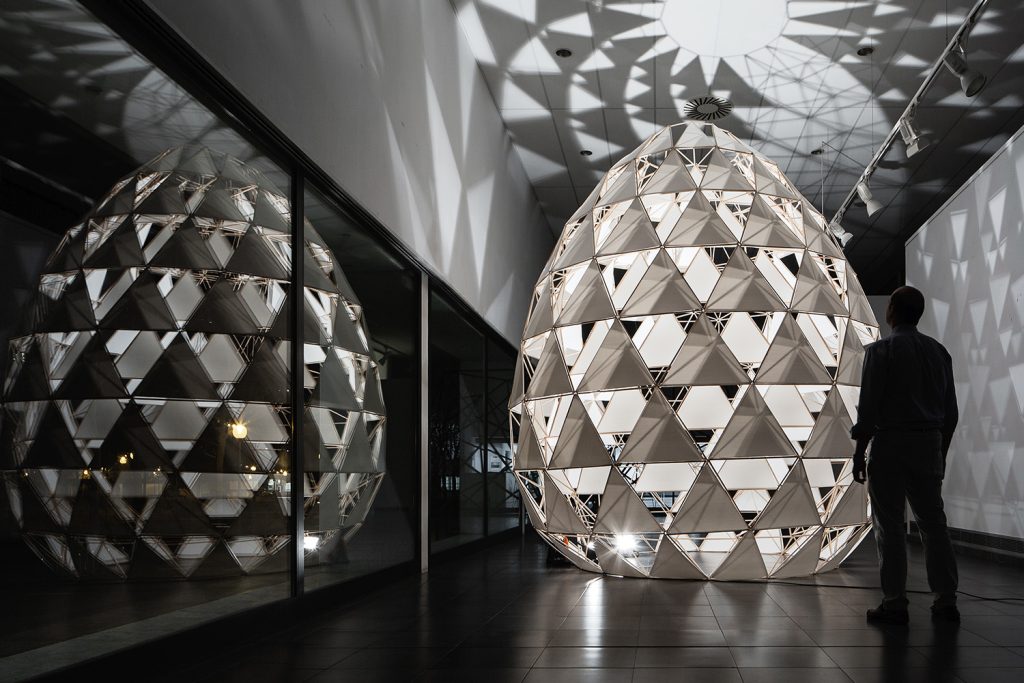
Project Info
Architect: Fernando Molina
Collaborating architects: Jorge San Miguel Bellod.
Student collaborators: Ana Garralda Sancena, Mark Arbizu Castiella, Ane Inclán Mora, Ane Marina Cenitagoya, José Rodríguez- Losada Torres, Anne Ortega Rey, Mikel Gª-Abad Glez, Irene Biera Muriel, Álvaro López Areños, Óscar López de Ondategui, Jimena López Martínez, Ricardo Herrero López, Juan Álvarez Aznar, Fernán Valdivieso Unda and Andrea Giammeti Otaegui
Pphotographer: María Azkárate


